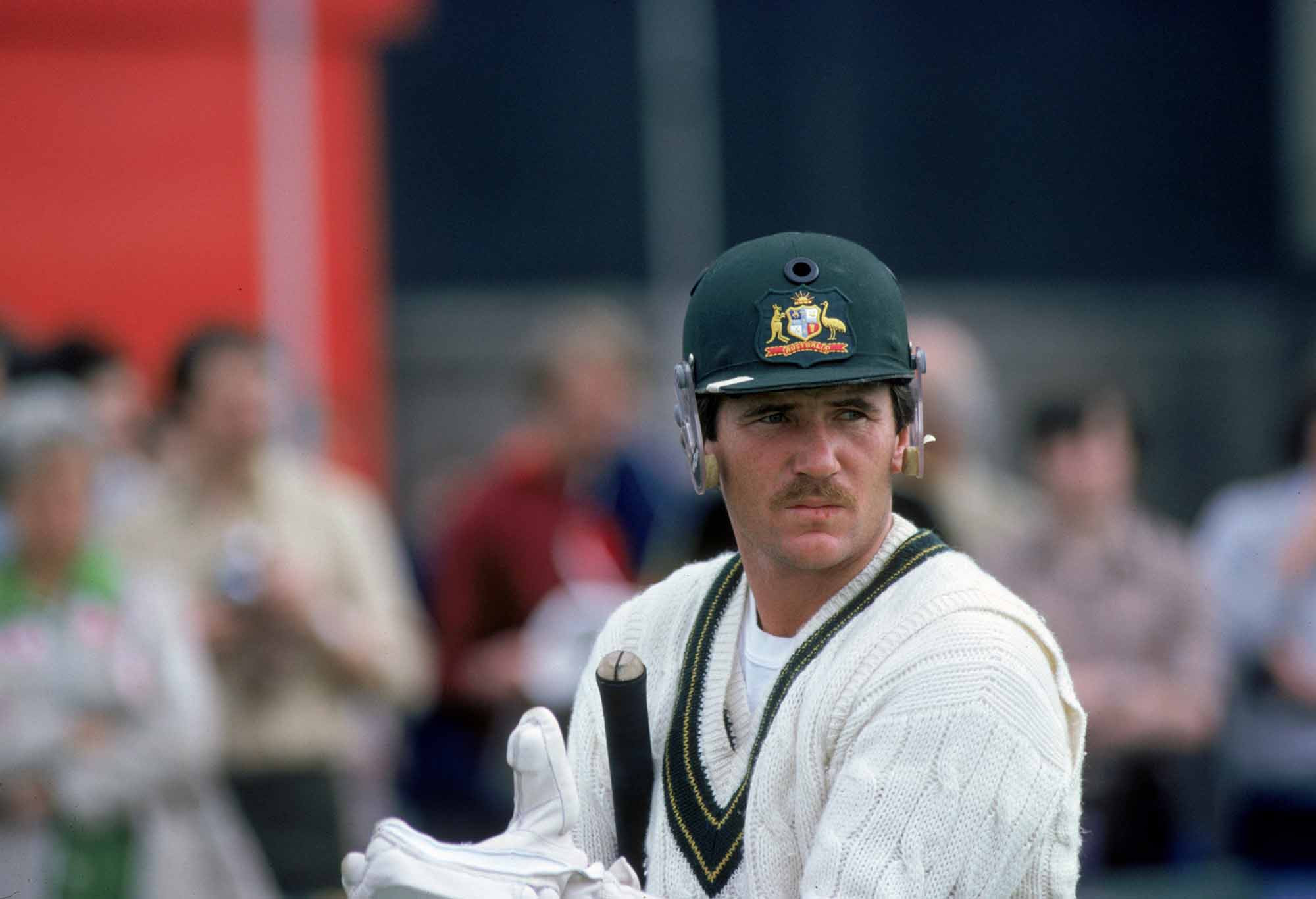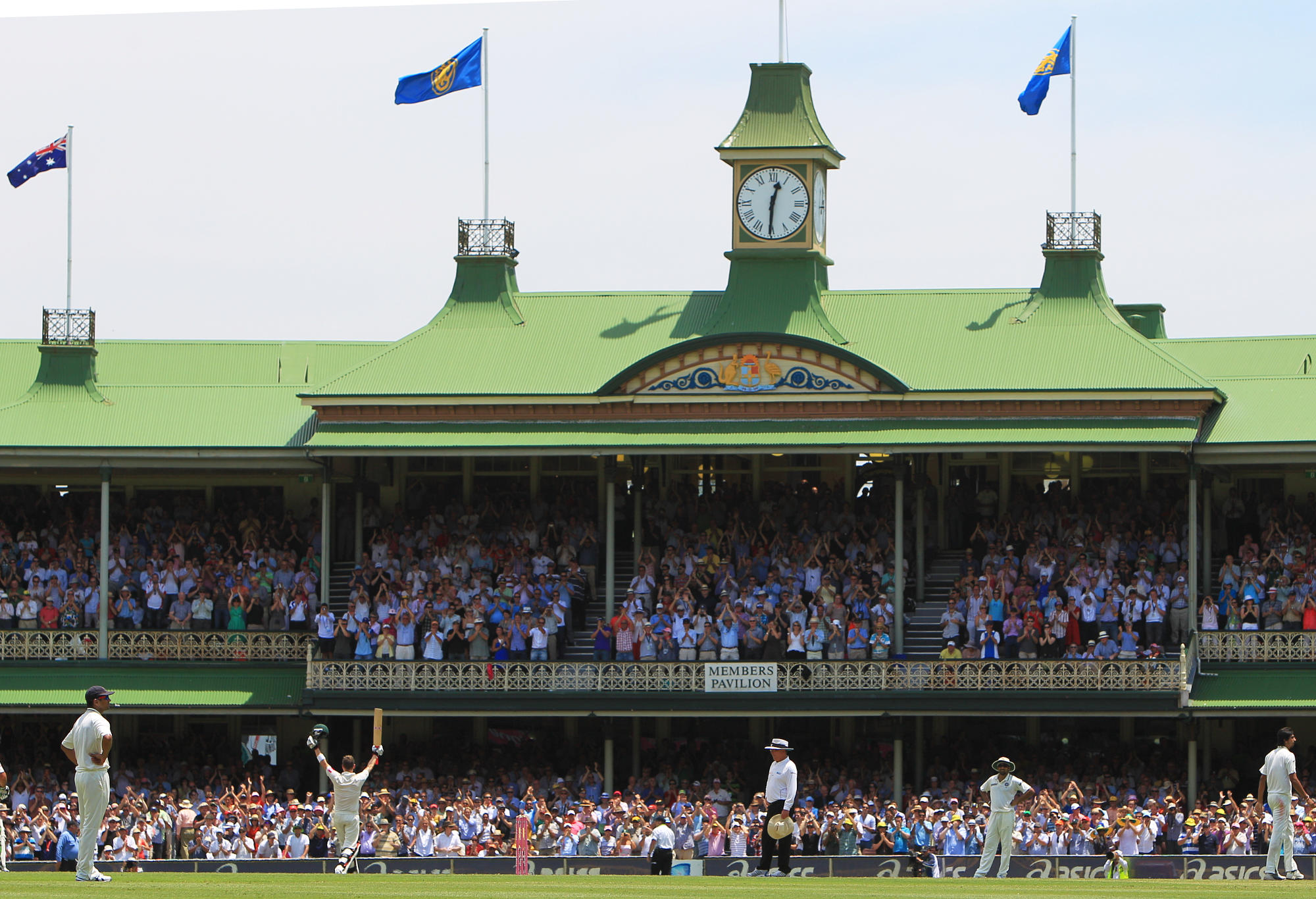'Big achievement': Jason Gillespie secures major appointment as Pakistan Test coach
Australian fast bowling great Jason Gillespie has been named head coach of Pakistan's Test team, as the nation overhauls its coaching department ahead of…
‘Captain’s knock’ is a frequently used term within the cricketing fraternity.
And fair enough too – in the long history of the game, there are numerous examples of occasions where a captain changes the course of a match with his batting. It may be a case of a brilliant counterattack, or it can simply be just about dogged defense, frustrating the opposition bowlers.
In contrast, I have never heard anyone talk about a ‘Captain’s Spell’. It’s partly because generally in test cricket, captaincy is considered mainly a job of the batters.
Teams generally look for a bowling captain only in desperate situations. In this regard, the Aussie selectors have been as conservative as anyone else.
Nevertheless, here I have tried to list 7 memorable bowling efforts by Aus captains; I will start in the 19th century.

Pat Cummins celebrates taking a wicket. (Photo by Adam Davy/PA Images via Getty Images)
When Giffen bowled his rival skipper Andrew Stoddart for 173 at MCG, he became the first Aussie skipper to take a test wicket. Stoddart was the fifth man out; and Giffen, buoyed by this success, went on to take the remaining five 2nd innings wicket to finish with 6-155. Unfortunately, that came for a losing cause. So instead, I have gone for his match winning effort in the next test in the South Australian capital.
Here, things didn’t start very well for the home team. Already 2-0 down in the series, they could only muster 238 on the opening day, that too was only possible due to a last wicket stand of 81. Giffen, by the way, top scored with 58.
So England was on top at the end of the first day, but it was the bowling of the Aussie skipper that brought the home side into the match. In conjunction with Sydney Callaway (5-37), he restricted the opposition to only 124 all out.
Australia’s batters redeemed themselves in the 2nd innings, then debutant Albert Trott capped off a brilliant all-round show with 8-43 in the 4th innings of the match.
Giffen took 3-14 & 5-26 in the next test at Sydney as Australia levelled the series, but the tourists went on to win the decider.
Cummins actually took 5 for 56 on the first innings but in my view, it was his 2nd innings bowling that had greater bearing on the ultimate success for his team.
With the home side needing 350 on the 4th innings, Cummins obviously relied on Nathan Lyon to deliver the killer blow and indeed the GOAT responded with a five-for. But support was required from the seamers, and the Aussie captain responded with the reverse swing working well for him.
Both Fawad Alam and keeper/batter Mohammad Rizwan were trapped LBW. Appropriately, it was Cummins who took the final wicket, bowling Naseem Shah for 1 to complete a memorable victory. Cummins was the obvious choice for the MOM award.
The 3rd test of the series was finely balanced at the half way point; although the tourists took a first innings lead of 75, Clyde Walcott & Frank Worell both hit half centuries to take the West Indies’ 2nd innings score to 3-150. Then came a double blow; first Lindwall dismissed Walcott, and then Benaud took the wicket of Worrell. Interestingly both the batters were out hit wicket; a rarity in cricket,
After that, it was all about Johnson’s off spin, and Aus won the test by 8 wickets.

Former Australian Captain, spinner and commentary icon Richie Benaud. (Photo by Ryan Pierse/Getty Images)
Trumble, from Victoria, captained Australia in 2 tests against England. With Australia winning both tests, he ended with a perfect captaincy record in the test arena.
At the MCG the home side was restricted to 144 and when England’s openers took the score to 50, the poms looked to be in command. But at this stage, the Aussie captain changed the course of the match dismissing the two openers including his rival captain Archie Maclaren in quick succession.
He completed his five-for on the 2nd day and although England managed to take a 45 run lead, Clem Hill’s 87, (the only 50+ score of the match) gave the home side the initiative. Monty Noble 6-98 & Trumble 3-64 did the rest.
Again Cummins had a five-for in the 1st innings, but it was his spell late on day 4 that decided the fate of this match. Pakistan needed less than hundred with five wickets in hand and a couple of set batters at the middle.
But at this stage, Cummins changed the course of the match by having Mohammed Rizwan caught behind; his 250th test victim. Pakistan lost their nerve and the Aussie captain used the extra half hour to complete a 4-day victory. For the visitors, it was another case of a lost opportunity down under.
The 2nd half of the 1980s wasn’t very happy times for Australia’s test team as the selectors continuously changed and chopped the squad in their bid to find the best combination. At least Allan Border’s men ended the decade on a high, winning back the Ashes in style.
But Australia’s re-emergence as a major test power really started at SCG; quite appropriately on Australia day. At the start of the match team morale was very low. The series was already lost and when the Windies reached 0-90, a 4th successive defeat looked likely for the home side. Until their captain entered the fray.

Allan Border. (Adrian Murrell/Getty Images)
Throughout the decade, AB repeatedly saw himself carrying the batting duties of the team; often fighting a lone battle. It’s very difficult to figure out why his left arm spin looked so unplayable to the Windies, but one followed the other back to the pavillion.
Interestingly, Australia had two specialist spinners for the match; Peter Taylor, the offie, and Trevor Hohns, the debutant leggie. But on the opening day, they just played the support cast to their captain.
Border also took 4-50 in the 2nd innings and contributed 75 and 16* with the bat.
While Border’s heroics against the Windies came on the opening day at a jam packed SCG, Benaud’s match winning spell came very late on the final day. England were the dominant party for the most part of the game and chasing 258 they were cruising at 1-150 thanks mainly to the brilliance of Ted Dexter.
Richie had struggled badly in this series, with a shoulder injury badly hampering his bowling. As England drew closer to their target he tried bowling round the wicket and pitching the ball on the rough outside the left handers’ off stump. The idea was not so much to turn the ball, but to make stroke making difficult. And some extra bounce every now then helped his cause.
Dexter and skipper Peter May both fell with the score at 150; the English captain lasting just couple of deliveries. Brian Close soon followed and then England’s batting collapsed, eventually losing the match by 54 runs.
The Ashes was secured for the Aussies.
Just like Allan Border, Bob Simpson, Greg Chappell & Michael Clarke were useful support bowlers aside from being highly capable batters.
Bob Simpson was a more than useful leggie. Under Benaud, he played his part in the Old Trafford drama of 1961. First he took a blinder in the slips to dismiss David Allen and his skipper soon returned the favour, catching Fred Trueman off Simpson and edging Australia closer towards their victory.

Michael Clarke made plenty of runs, but also did damage with the ball. (Steve Christo/Corbis via Getty Images)
As skipper himself, Simpson had a great match against Mansur ‘Tiger’ Pataudi’s India at MCG in 1967; he scored 109 with the bat and took 1-5 and 3-44 as Australia won by an innings and 4 runs. A decade later, ‘Grandpa’ Simpson dismissed India No.11 Bhagwath Chandrasekhar to clinch the series against Bishan Bedi’s India.
Somewhat surprisingly, Greg Chappell’s best bowling effort as skipper came on the barren pitch of Karachi. In a slow scoring match, he took 3 for 49 from 20 overs in Pakistan’s first innings. The home side won by 7 wickets, despite Ray Bright shining brightly with 10 wickets in the match.
In the 3rd test of the West Indies tour in 2012, Michael Clarke’s Aussies set the Windies a 4th innings target of 370. On a turning track it was expected young offspinner Nathan Lyon would be the main weapon but at the end, Lyon played the supporting role (3-87), as Clarke took 5-86 with his left arm orthodox spin to win the match by 75 runs.
Going back to the early 20th Century days; Aussie skipper Monty Noble produced a fine all round show against the old enemy at the SCG in March 1904, but still ended up in the losing side. With the ball he took 7-100 & 1-40, and in a low scoring match scored 6 and 53 without being dismissed.
Warwick Armstrong never lost a test as Aus captain (8 wins, 0 losses, 2 draws). And as cricket restarted after the Great War, he took 2-50 and 4-26 at MCG to inflict a humiliating innings defeat on John Douglas’ men.